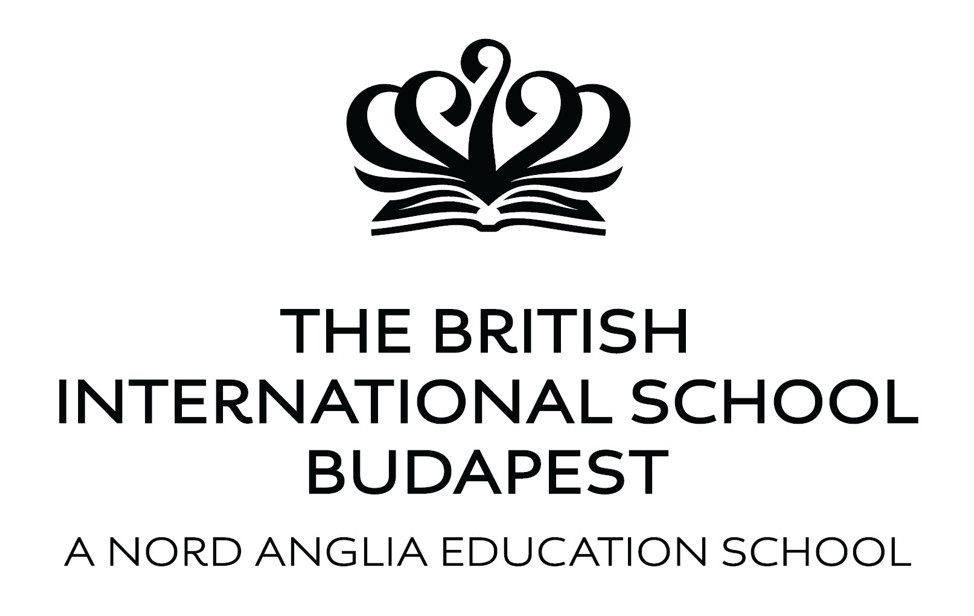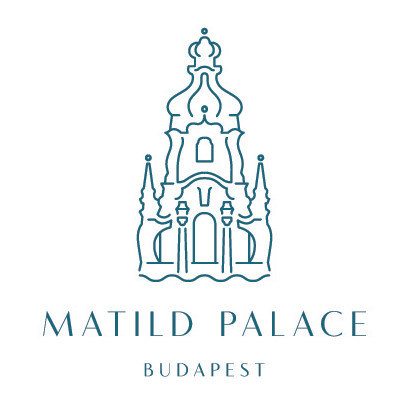Exhibition of Italian Painter Giacomo Marastoni at Budapest History Museum
- 20 Oct 2025 7:28 AM

The exhibition is rooted in the Fine Art Collection of the Budapest History Museum and the holdings of the Municipal Gallery, but it also features important loans from Hungary’s leading public collections, including the Museum of Fine Arts – Hungarian National Gallery and the Hungarian National Museum, as highlighted by Eszter Molnárné Aczél, one of the exhibition’s curators.
She added that a number of the works have never been displayed in Budapest before, such as a large-scale portrait of the Scherz family on loan from the Bratislava City Gallery, and around 60 study drawings from the Municipal Gallery collection at the Kiscell Museum.
Co-curator Péter Farbaky explained that the retrospective exhibition is the result of six years of preparation. It brings together 240 artworks borrowed from around thirty public and ecclesiastical collections in four countries, as well as from private collectors.
This is the first exhibition to attempt a comprehensive overview of the life’s work of Giacomo Marastoni — who later adopted the Hungarian form of his name, Jakab Marastoni. It presents his family background and studies, tracing his journey from Venice through Vienna and Bratislava to Pest.
Born in Venice in 1804, Marastoni studied at the city’s Academy of Fine Arts. In the early 1830s, he travelled through Austria, settled in Bratislava in 1833, and moved to Pest in 1836, where he lived until his death in 1860.
Marastoni became part of Hungary’s Reform Era renewal, working as a portrait painter during the parliamentary sessions in Bratislava and Cluj-Napoca. For decades, he received commissions from both noble and bourgeois families. By the end of the Reform Era, he was considered one of Hungary’s foremost portrait painters — alongside Miklós Barabás—and later became an early experimenter with daguerreotype photography.
In 1846, Marastoni opened the First Hungarian Academy of Painting on the third floor of a building designed by József Hild in Nagyhíd Street, Pest, using his entire personal fortune. He sourced plaster casts, engravings, and copies of artworks from Italy to support his teaching.
The academy’s opening was a major cultural event in Pest, drawing significant attention, and Marastoni was named an honorary citizen of Pest that same year. Supported by a patronage society, the private art school operated until Marastoni’s death in 1860. Notable 19th-century artists such as Mihály Szemlér and Károly Lotz were among his students.
As both an artist and organiser, Marastoni quickly became a key figure in the cultural life of Pest. His academy, along with his wide network and the early achievements of its alumni—who later gained great acclaim — played a formative role in shaping the art scenes of both Reform Era Bratislava and Pest.
His institution was built on the values of traditional academic training and laid the foundations for higher education in the visual arts in Hungary. As such, it is considered the most important predecessor of Hungary’s state-run art education system, which was formally established in 1871.
More:
Budapest History Museum
1014 Budapest, Szent György tér 2.,
Buda Castle Palace, Building E




























LATEST NEWS IN community & culture